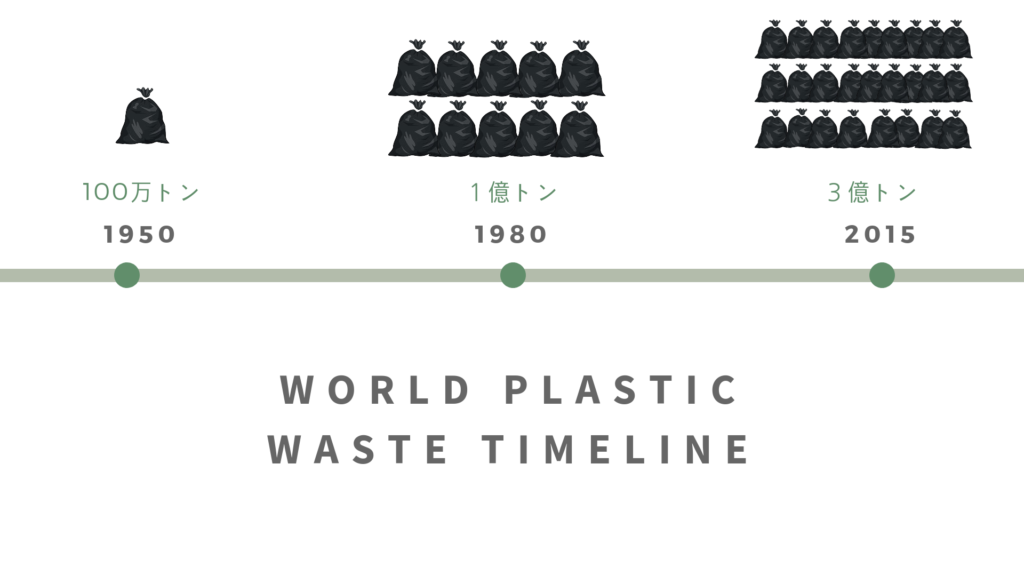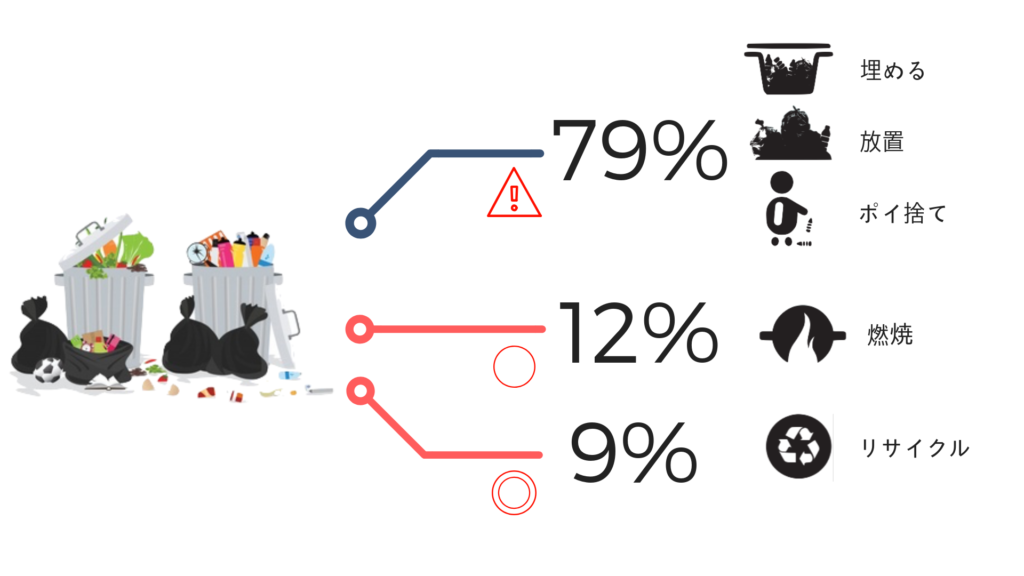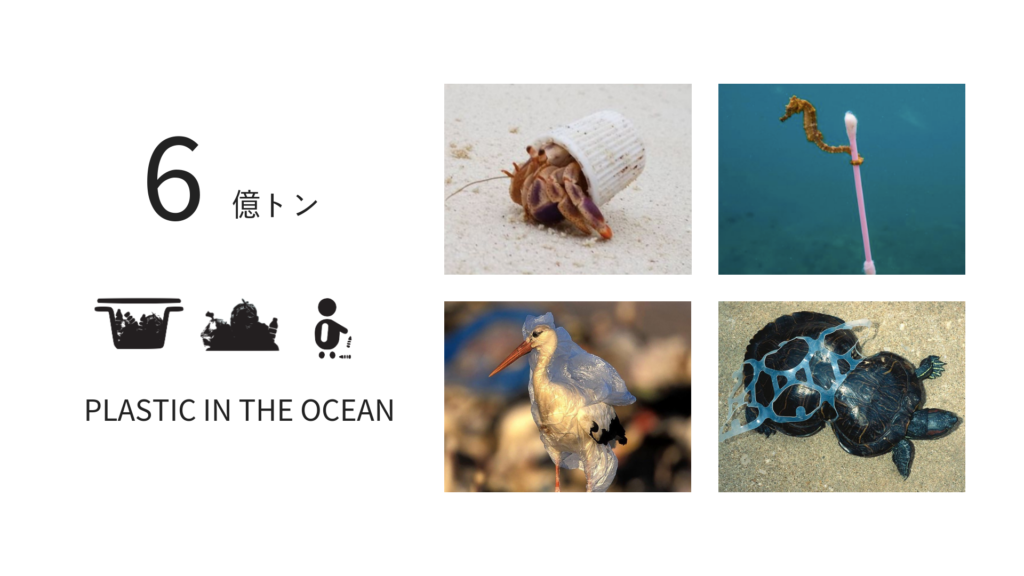How much plastic do you usually consume?
We use many plastic products every day. Since the 1950s, plastic has been rapidly mass-produced and consumed, and because of its cheap and convenient advantages, it has quickly become a part of people's lives. Most of these products are disposable, that is, they are thrown away after one use. In what situations do you usually consume disposable plastic?
Plastic shopping bags, plastic bottles, lunch box containers, straws, coffee cups, sanitary products, plastic wrap, packaging, toothbrushes, cutlery, synthetic fibers, packaging

Actual plastic consumption
So how much plastic is actually consumed worldwide?
According to data from the United Nations Environment Programme (UN Environment) , the average amount of plastic consumed per year is 40 kg per person, which amounts to 300 million tons worldwide. For lightweight plastic to weigh this much, a significant amount of it is being consumed.

Changes in consumption
Let's look at the trend of plastic consumption. In fact, it has been consumed rapidly since the 1950s and continues to increase without stopping. As the population increases, the amount of plastic consumed will certainly increase. But can the natural environment and animals really tolerate it?

Why do we use plastic?
Plastic has many practical uses, so it is difficult to separate it from people's lives. First of all, it is cheap.
If we were to change plastic containers to paper containers, it would actually cost two to three times as much.
Plastics made from surplus petroleum are known to be a resource that will eventually run out, but companies' use of chemicals and mass production systems allow them to be sold cheaply, causing market price destruction. Next, there is the convenience of the material. Plastic is light, stretchy, and does not absorb water or oil, so it always has an image of being clean. For this reason, it is used in many situations, such as food, playground equipment, and hygiene products. Although it is clean when used, the production process and disposal of plastic generate a lot of CO2, which causes damage to the natural world and animals other than humans as a harmful substance. Another factor is that it is perceived as okay to throw it away because of its cheapness and convenience.

Where does plastic waste go?
In recent years, recycling and incineration technologies have been developed and efforts are being made to reduce harm to the earth through proper disposal. However, this is still only a small part of the problem, and most plastic waste is damaging the environment in some way. We need to be aware of this fact and reconsider how to improve our lives.

Garbage that has flowed into the sea
There are more living things coexisting in the ocean than we can imagine, living in an environment completely different from that of humans. However, it is us who are mercilessly threatening their lives. It is estimated that about 600 million tons of plastic has been washed into the ocean, and it continues to drift in the sea as garbage that does not biodegrade and never disappears. Plastic breaks down over hundreds or thousands of years, and eventually becomes microplastics and remains in the ocean. Small fish that mistake it for food put it in their mouths, and other fish eat the small fish, and it may eventually end up in the mouth of a human. Even during this process, the microplastics remain in the body without being decomposed. This causes many animals to starve to death.

Citation



